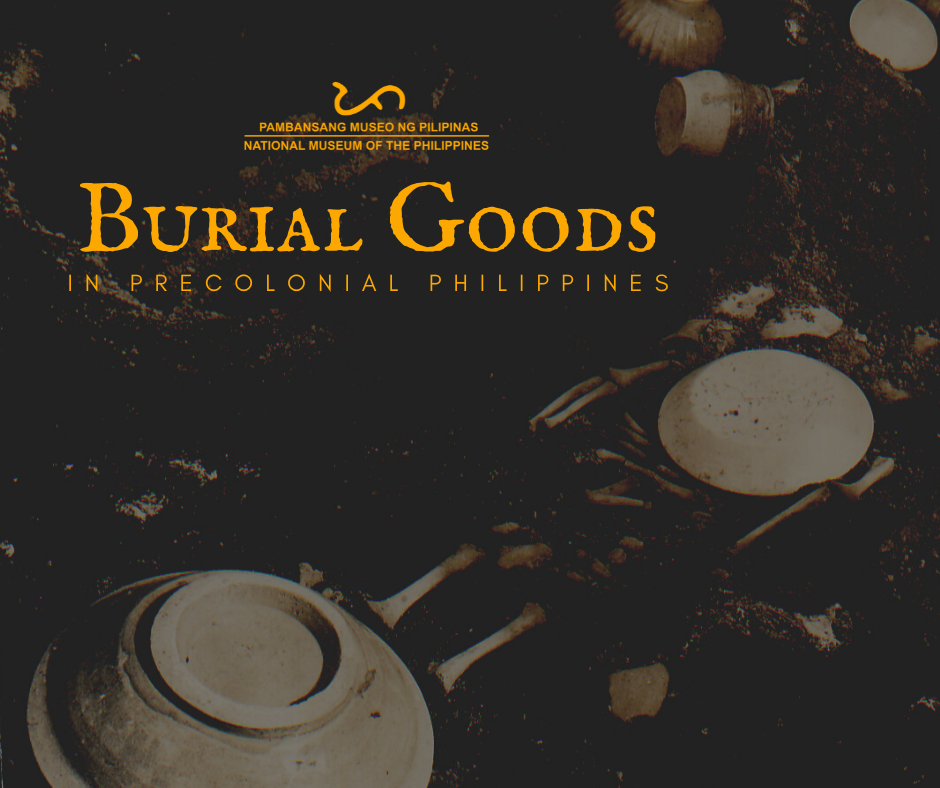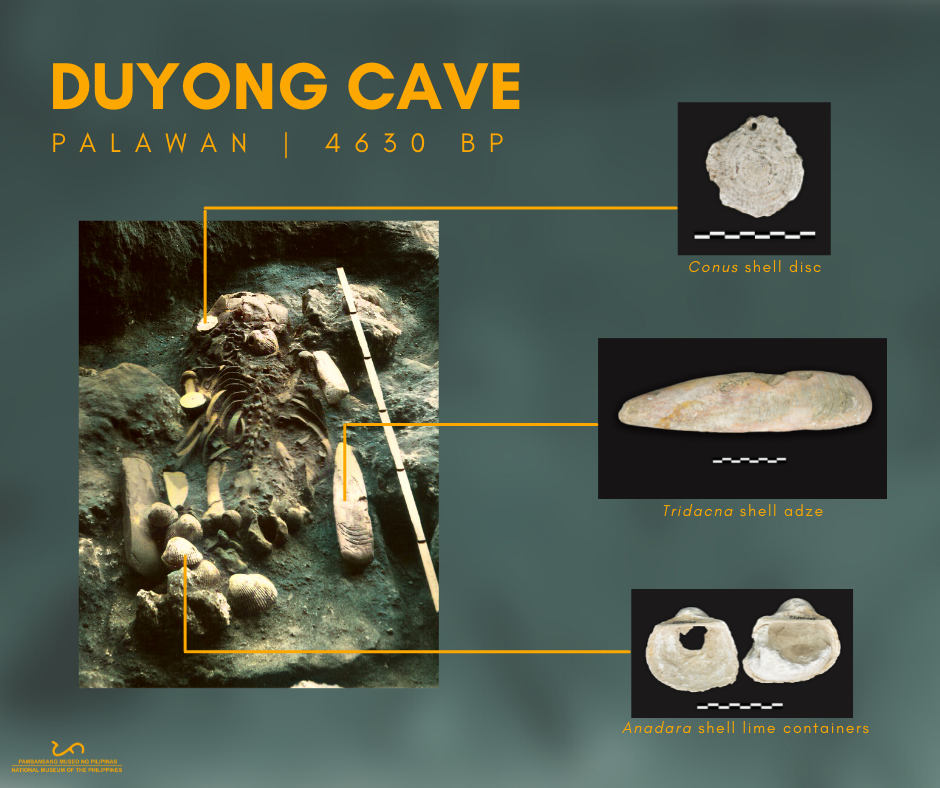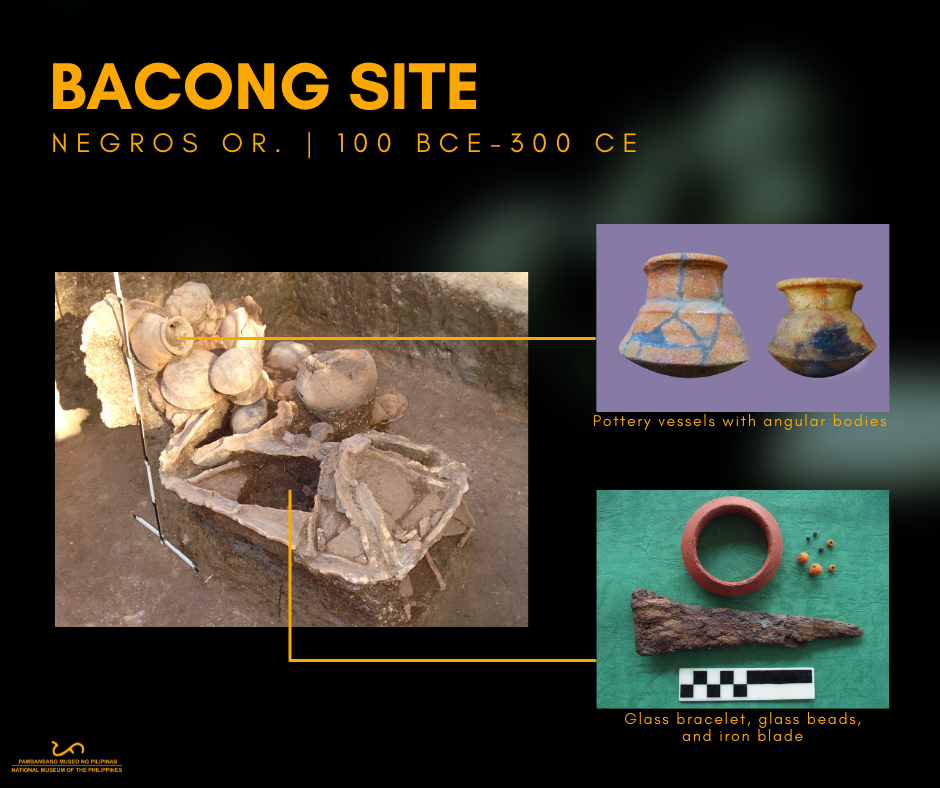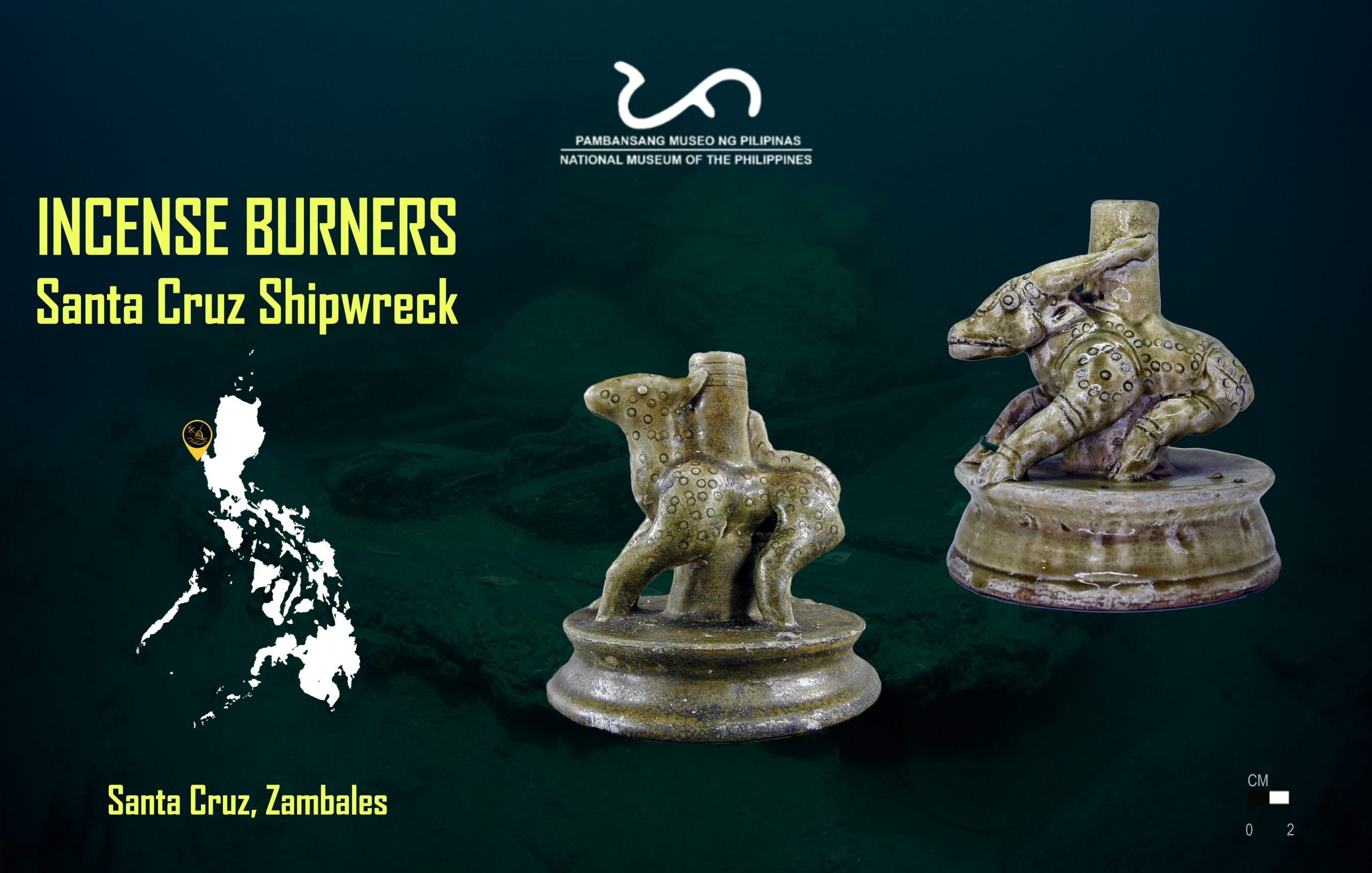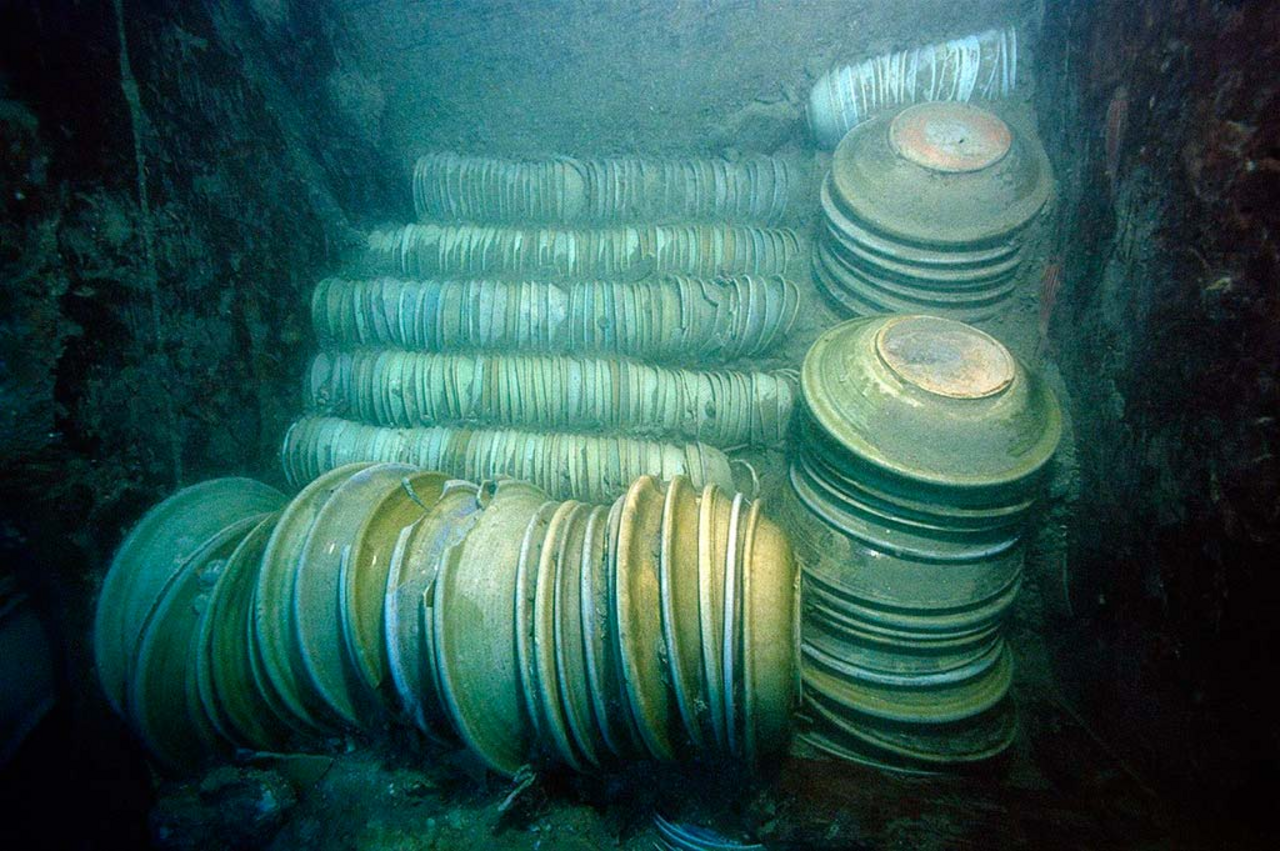Effects of Climate Change in Plants
As your #NationalMuseumPH joins the world in the observance of Global Warming Consciousness Week, let’s learn in today’s #WildlifeWednesday the effect of the changing climate to plants.
Climate change is mainly caused by our actions with the emission of greenhouse gases from burning fossil fuels for our daily needs. Deforestation and modern agricultural practices aggravate climate change. This accumulation of gasses generates changes of temperatures and weather patterns that affect natural ecological processes of an ecosystem. The sudden changes affect many plants and animals that have limited elevational range and unique microhabitat conditions.
Our farmers need to act fast to cope up with climate change. With the change of weather patterns, farmers need to adjust with the planting season and develop plant varieties that are adaptable to droughts or flooding. In many areas, flowering of plants and life cycle of pollinators are not coinciding which will result in less production of crops.
With the increasing temperature, polar ice caps and glaciers are melting at an alarming rate that causes sea level rising. As the global sea level rises, many habitats and ecosystems are affected, especially the coastal areas. Low-lying islands are all at risk of this situation and beach forest in this island will later die off.
Plant diversity in the high mountains of the tropical regions were the most affected by climate change. The change of precipitation, moisture and temperature will alter the phenology of the plant and affect the migration and life cycle of its pollinators. Cold-adapted plants species of the tropical mountains may be directly affected by the warmer climates. Warn-tolerant species might display them as they encroach up towards the mountain slopes. Native and endemic plants especially from the tropical islands with high mountains are the most vulnerable to this with the presence of alien invasive species.
The increased level of CO2 will lead plants to decrease water consumption for photosynthesis. However, due to the warming of the planet, plants will eventually need more time to grow and consume water, thus eventually drying up the land. Also, plants in hotter environments may grow larger leaves that could create more surface area for more evaporation that will affect precipitation, runoffs and soil moisture.
In spite of all these, everyone can take part to slow down the effects of climate change. From using our electricity properly, taking a walk or a bike for a short destination, and eating food with less carbon footprint. Each of our individual micro efforts will have great macro effects on our environment.
Text and poster by the NMP Botany and National Herbarium Division.




